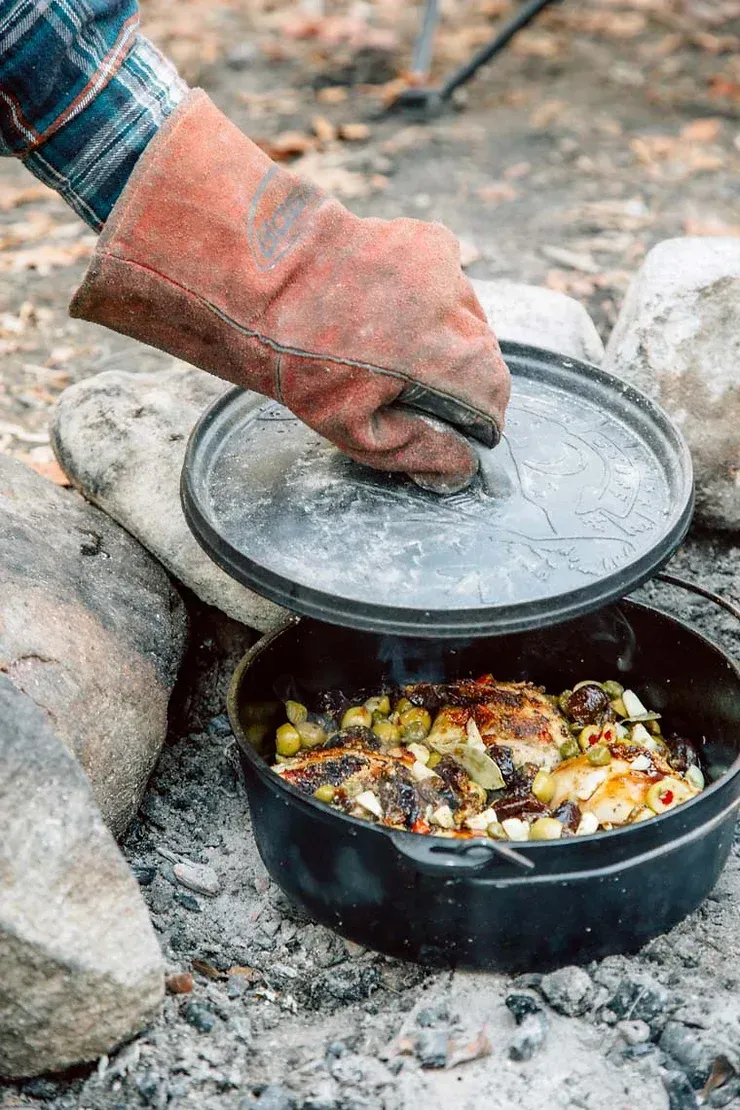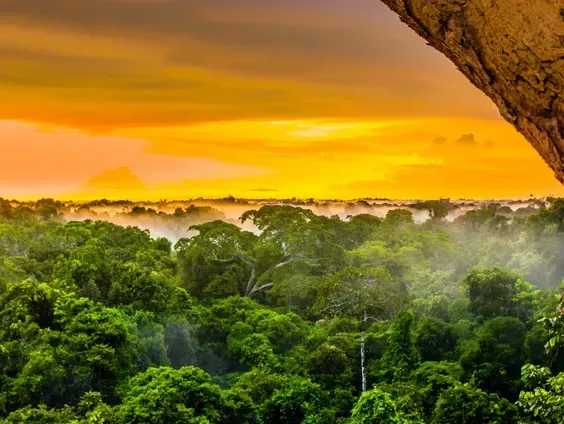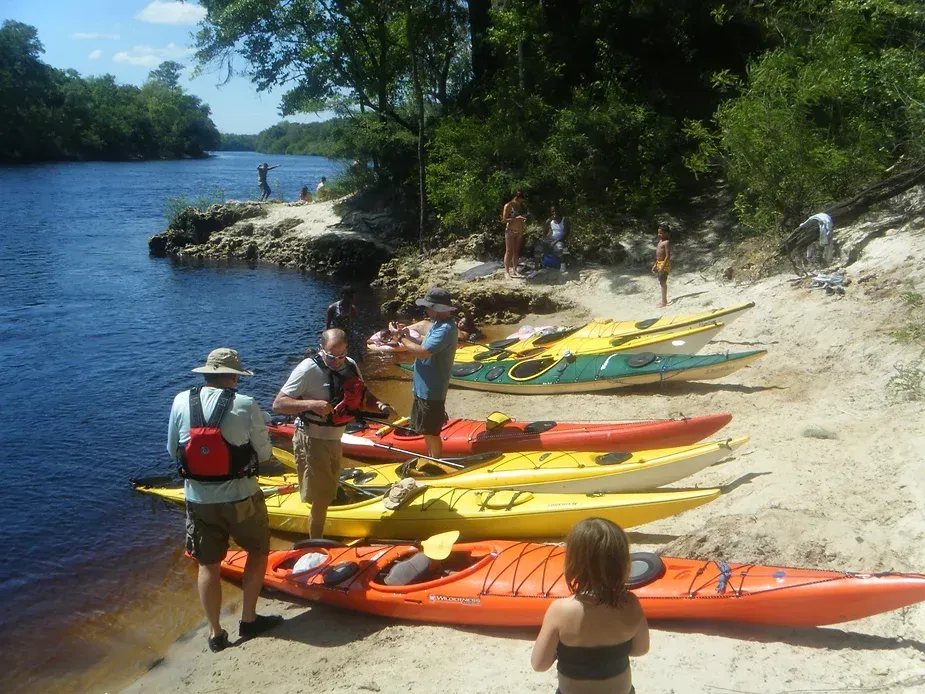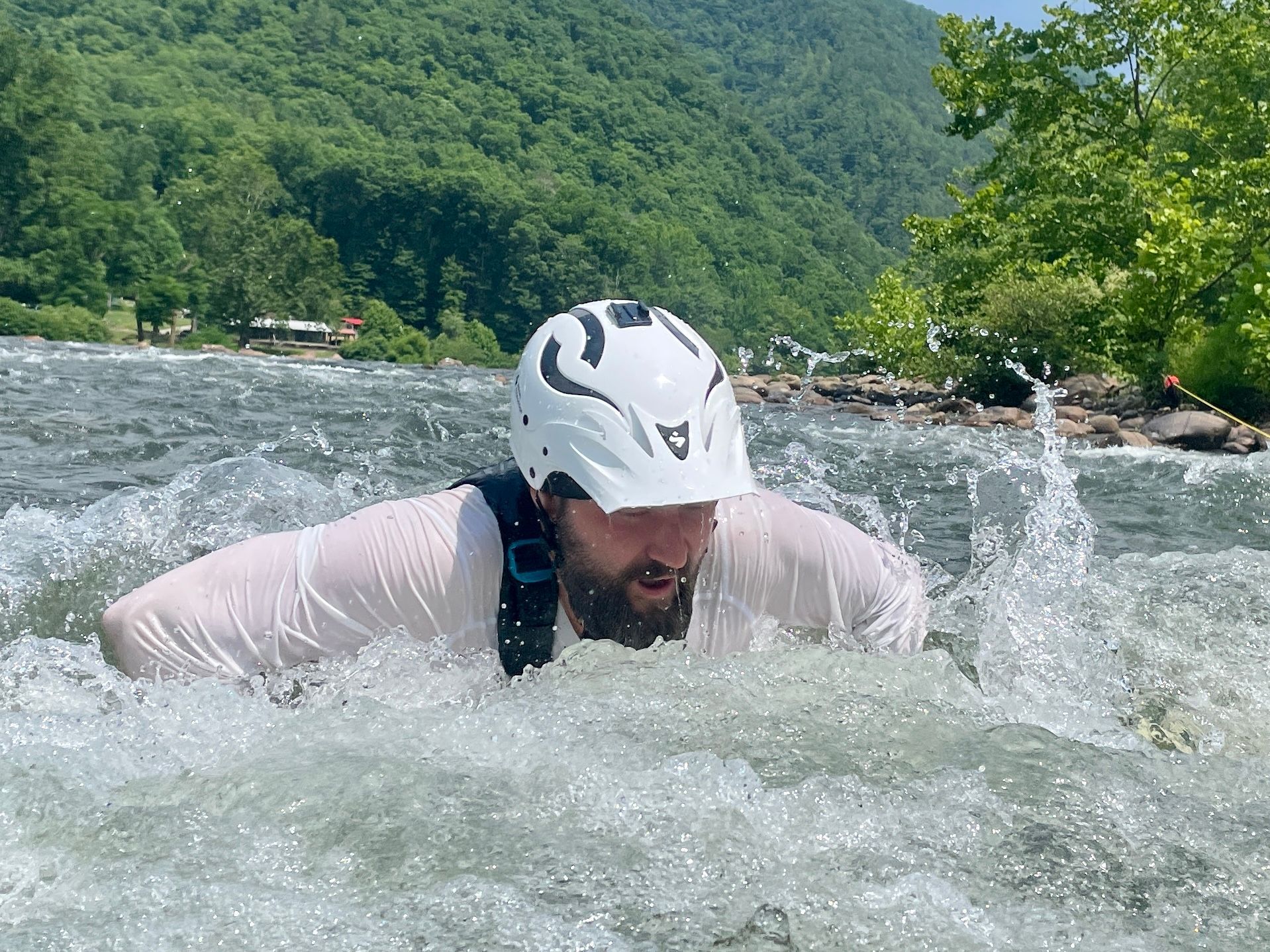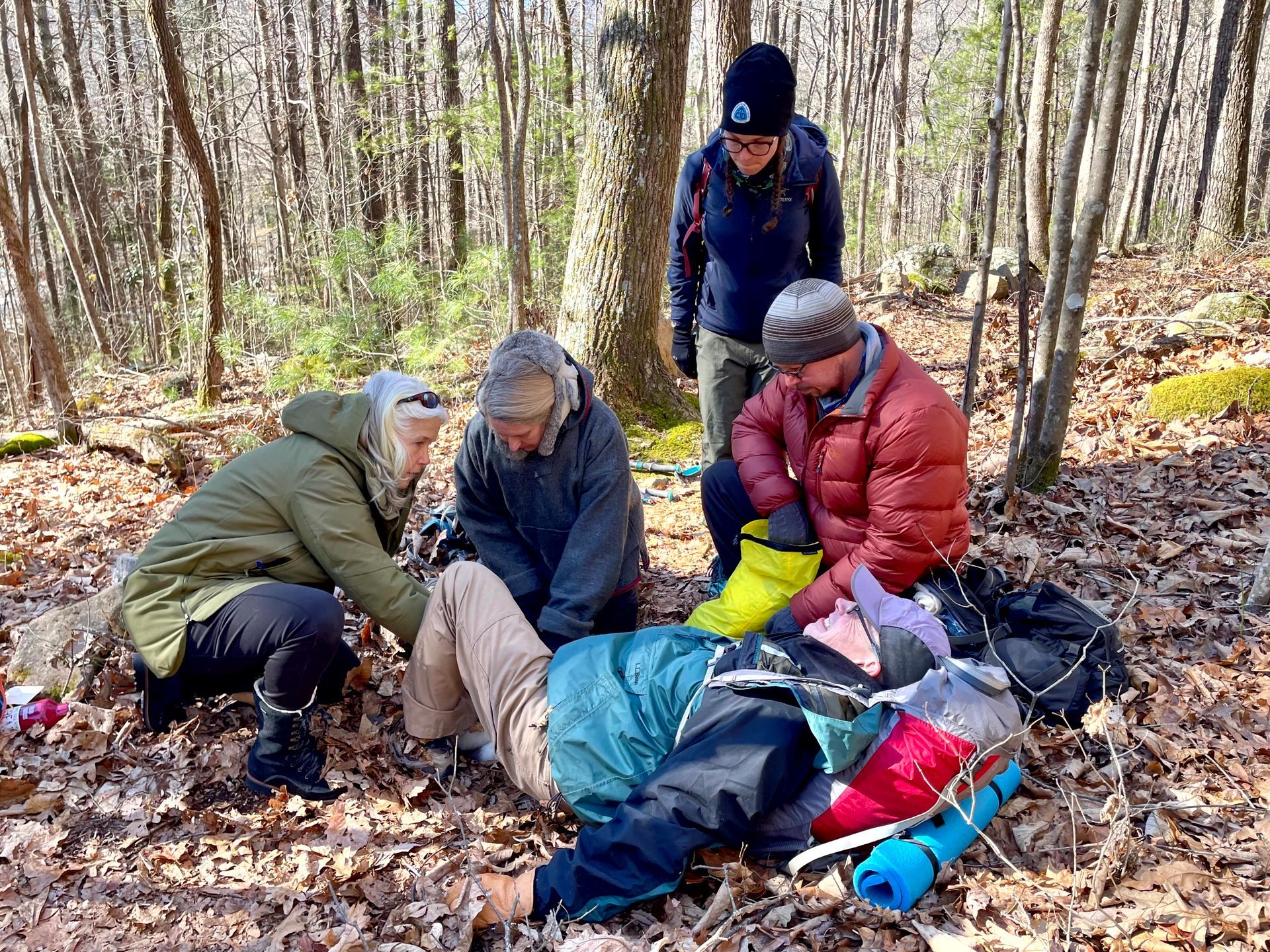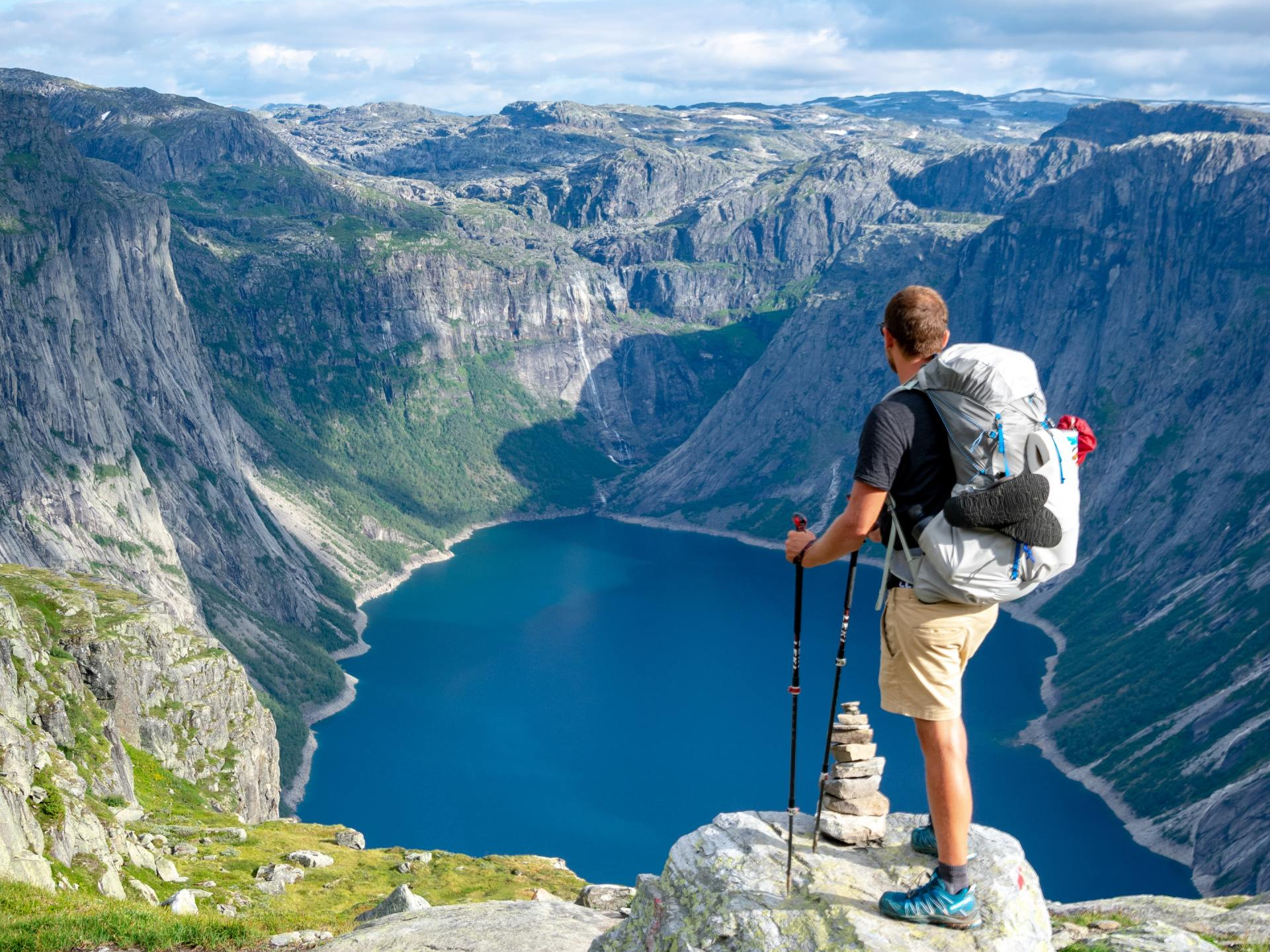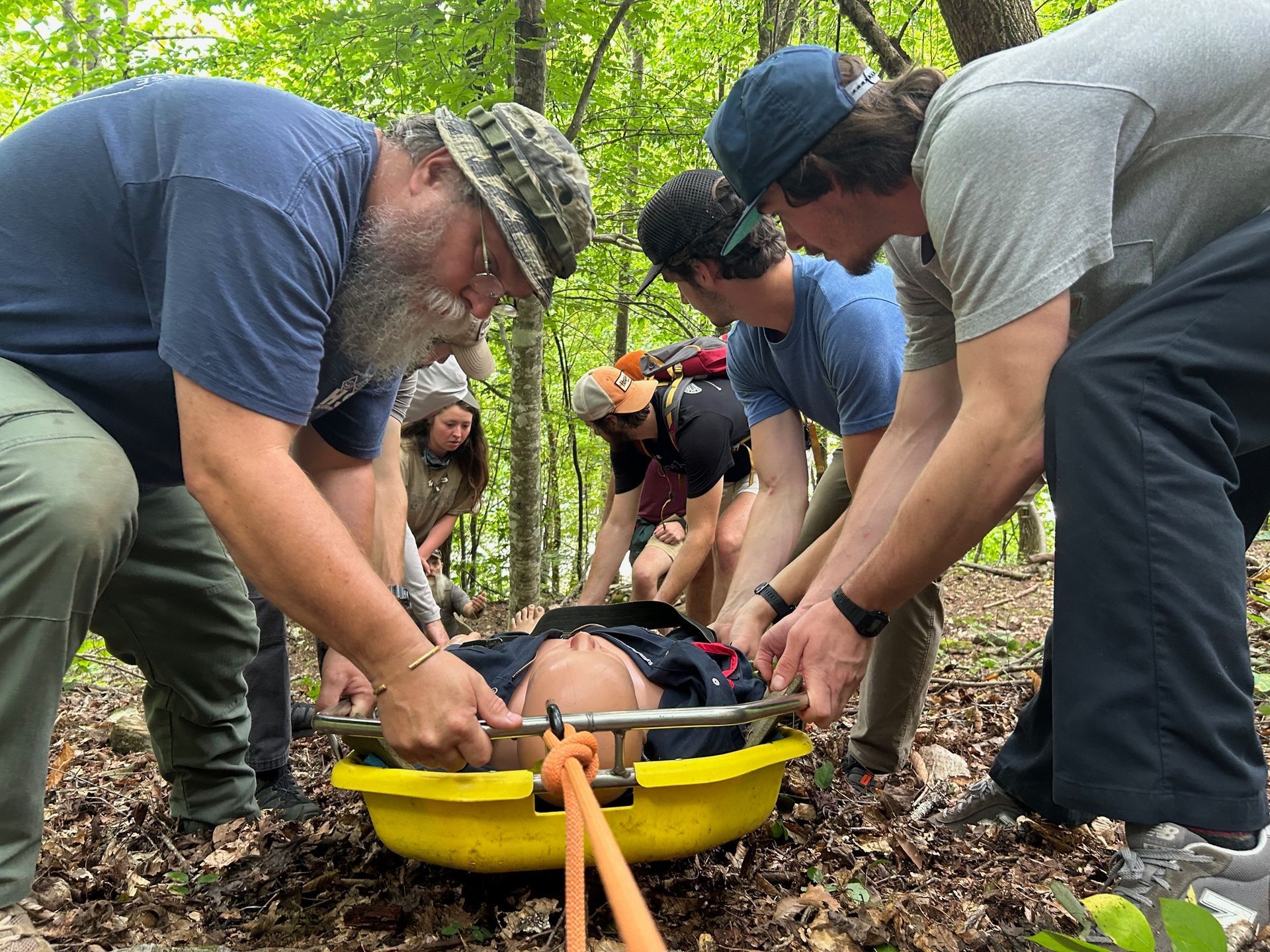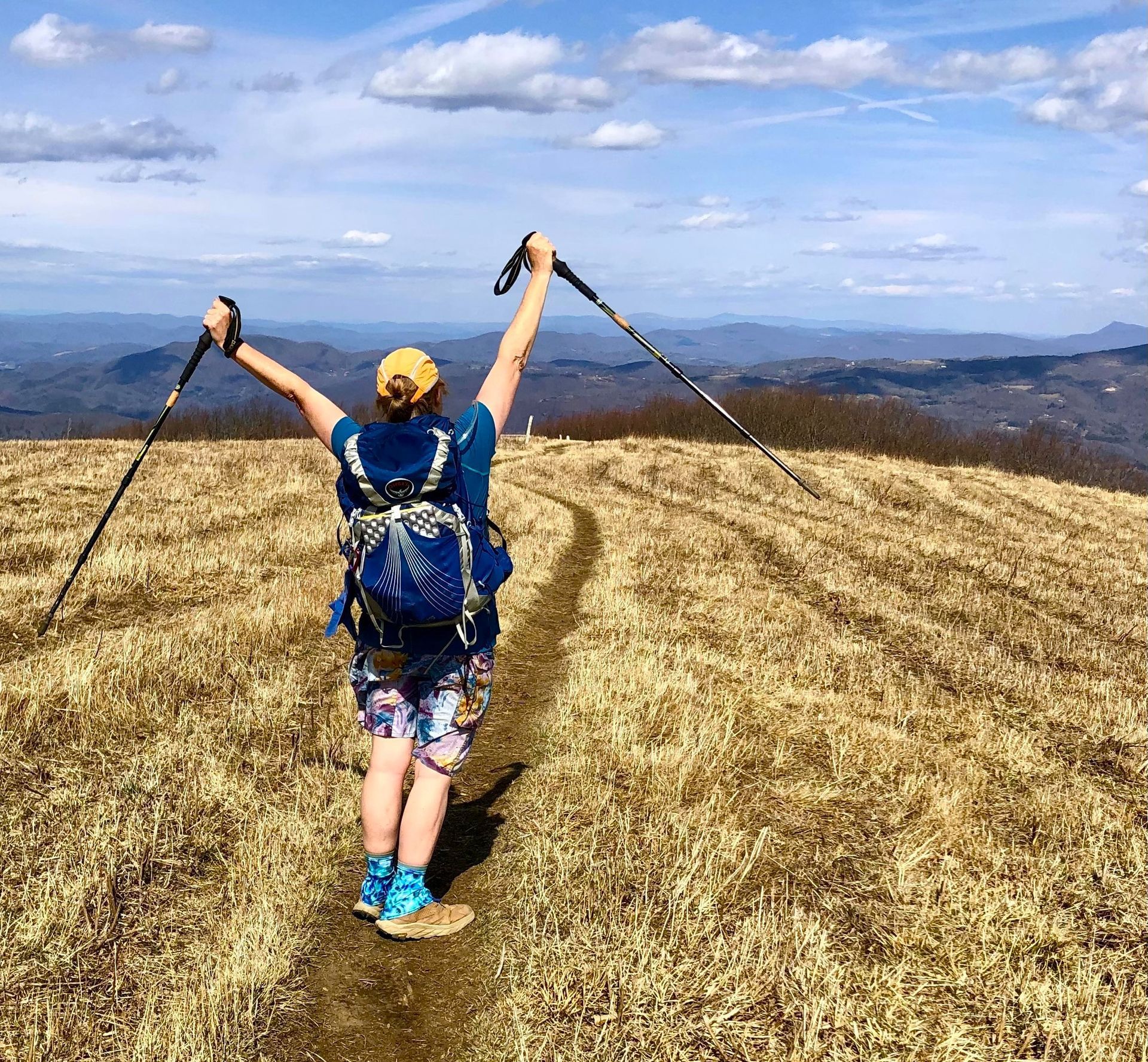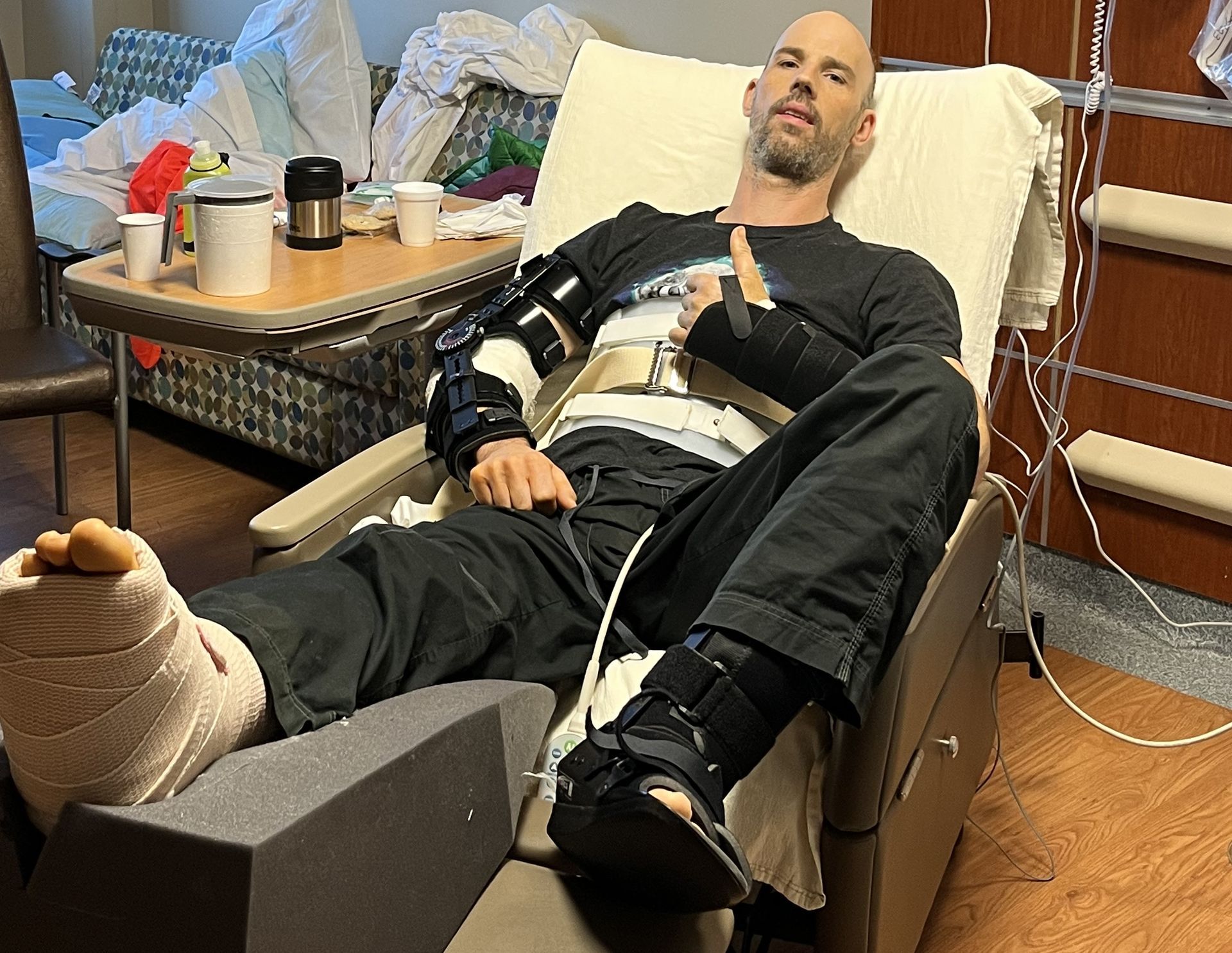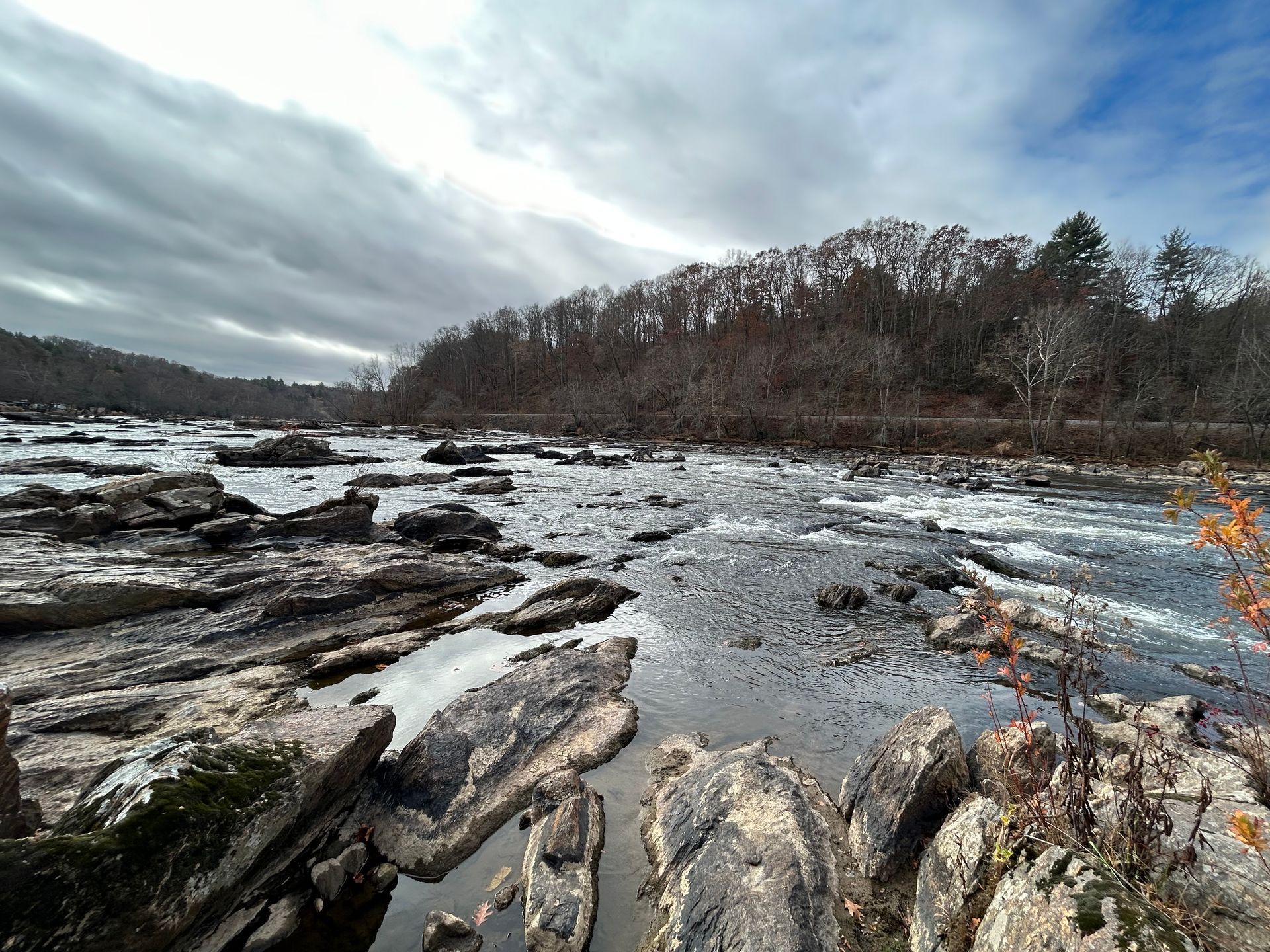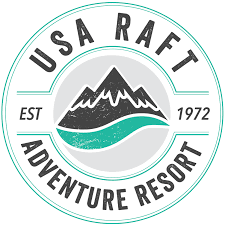What's the Big Deal About Hammocks?
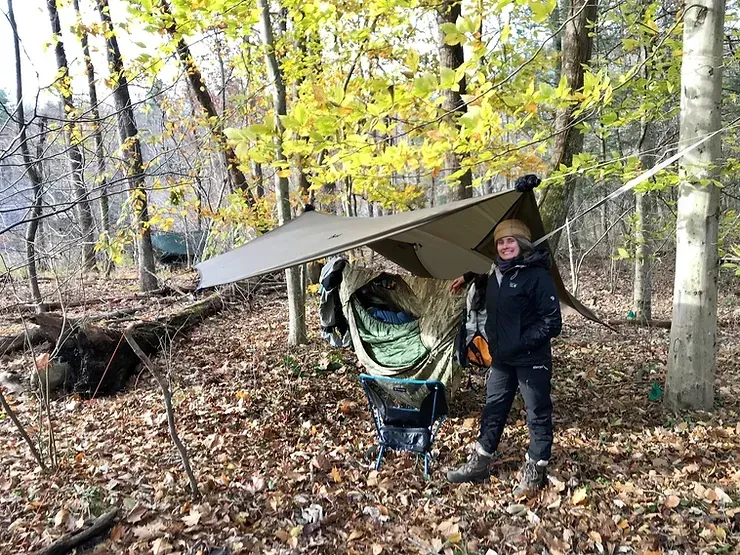
You’ve been seeing them everywhere, brightly colored fabric hammocks in every store and also seeing them strung up in yards and as a lounging place in campgrounds or at the park. The hammock revolution took the colleges by storm and most school-aged kids want one to go ENOing. Well that’s one kind of hammock, but have you seen a real camping hammock? Yes, there is a difference because a camping hammock is generally longer for one and they have sewn on or removable bug nets or can have one added to it.
I’ve been camping off the ground away from the rocks and sticks and uneven ground for over a decade now. Almost every outdoor friend I have shown has made the switch as well because it’s simply more comfortable and you get a better night sleep! It changed my whole perspective of camping once I got in one because I never really slept well in a tent and use to wake up stiff and tired no matter how thick my camping pad was. It’s also cleaner because I’m not crawling in on my hands and knees anymore; bringing whatever is on my boots in with me. I walk right up to my hammock and sit down in it like a chair and take off my boots. Another cool thing about camping hammocks is if it’s raining I can sit and watch it rain from under my tarp and use my camp stove to fix my dinner. Everyone in a tent has to sit and wait out the rain.
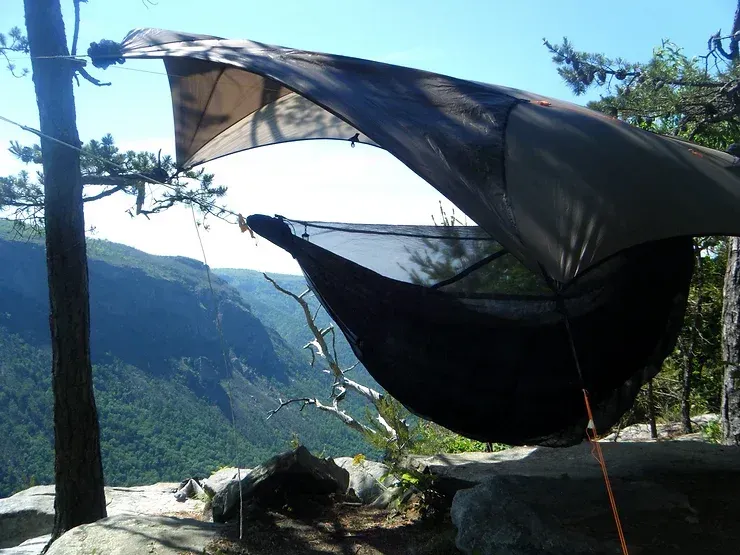
You ask, “Aren’t you lying like a banana?" “Won’t it hurt my back?” The answer is no, not if you’re doing it correctly. In a gathered end hammock you lay in it at an angle, head left, feet right (or vise versa) so it spreads the fabric out and then your torso and head are actually flat with a slight rise of your legs. It feels like you’re lying in a cloud because there are no pressure points and it relaxes your spine. The slight elevation of your legs and feet are a healthy plus as well because it helps lactic acid build-up to decrease overnight. Studies have shown that sleep patterns improve too with longer periods of deep sleep. I always fall asleep much more quickly in a hammock and it is theorized the rocking motion that’s created when you first get in simulates being back in the womb.
The Under Quilt I believe was the most innovative invention to stay warm in a camping hammock from it’s conception. The concept originated on Hammockforums.net by a member who was tired of fighting a slip sliding pad all night. It went through a few variations but is now perfected. The under quilt is made of nylon fabric and stuffed with down so it keeps the back side of you warm. For the top side of you, an unzipped sleeping bag can be pulled up over you and tucked around your shoulders like a quilt that has a foot box or you can spring for a top quilt made to pair with an under quilt.
Staying dry is pretty simple with the specialized tarps made for hammocks. They can be minimal wing type tarps or fuller coverage tarp, some even have doors that close shut with snaps or ties! Set at a perfect pitch you can block the wind or welcome a breeze and at the same time keep you dry and give you privacy.
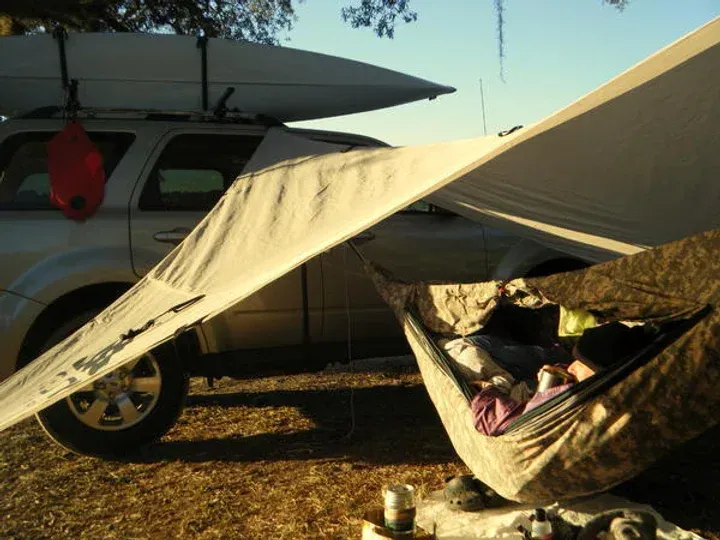
There are bug nets that go over a hammock in different ways or sewn on the hammock with a side zipper entry as well. I personally love the gear organizers that hang on a ridgeline over me for a place to put small things like my glasses or some chap stick. I hang my headlamp on that ridgeline as well and there are other tricks to keep everything off the ground high and dry with a camp chair or special peak bags. I often do this little thing in the mornings; the night before I take an extra bottle of water and a Starbucks Via instant coffee pack with me before I retire along with a small alcohol stove kit and my camp cup. First thing in the morning I lean over out of my hammock a little away from everything and start my stove, pour water in my cup to warm and have my first cup of coffee before ever getting out of my sleeping bag!
I’ve found it a very pleasing experience to camp in my hammock and love to share my love of camping in them with everyone. I’ve made hammocks for so many friends, some of whom have never camped in their lives until I encouraged them to try! One of the latest just told me of a weekend she went to a campground that had no trees to hang her hammock and had to share a tent with another woman (yes sometimes that happens but I have stands for that). Well she said she didn’t really like the new tent experience too much because she got hot in the closed up tent and was lying at a weird angle that made her slide off her sleeping pad. I had to feel bad for her but also kind of giggled and said I guess I’d spoiled her starting her out in a hammock!
I like to say I’ve raised my view of camping in the outdoors to a higher perspective by using a camping hammock and maybe a few good folks out there as well. So maybe now you can understand what the big deal is all about.
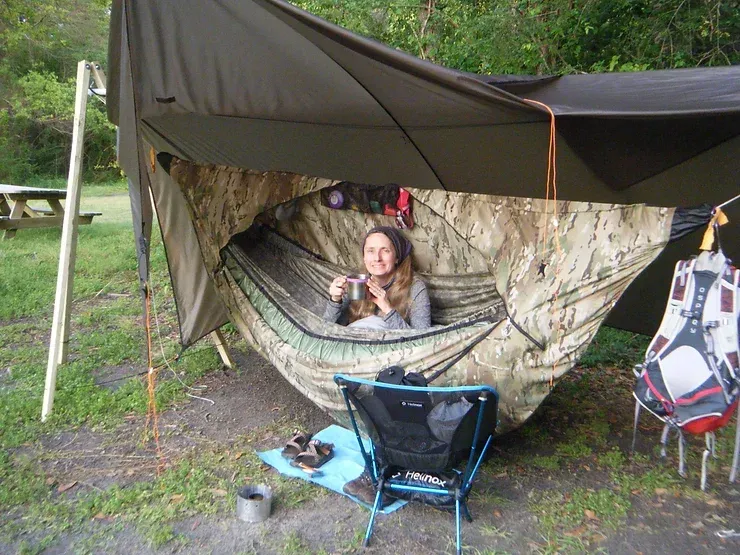
Debbie Briscoe instructs hammock camping, flatwater kayaking, kayak camping and Dutch-oven cooking for NOLI.

